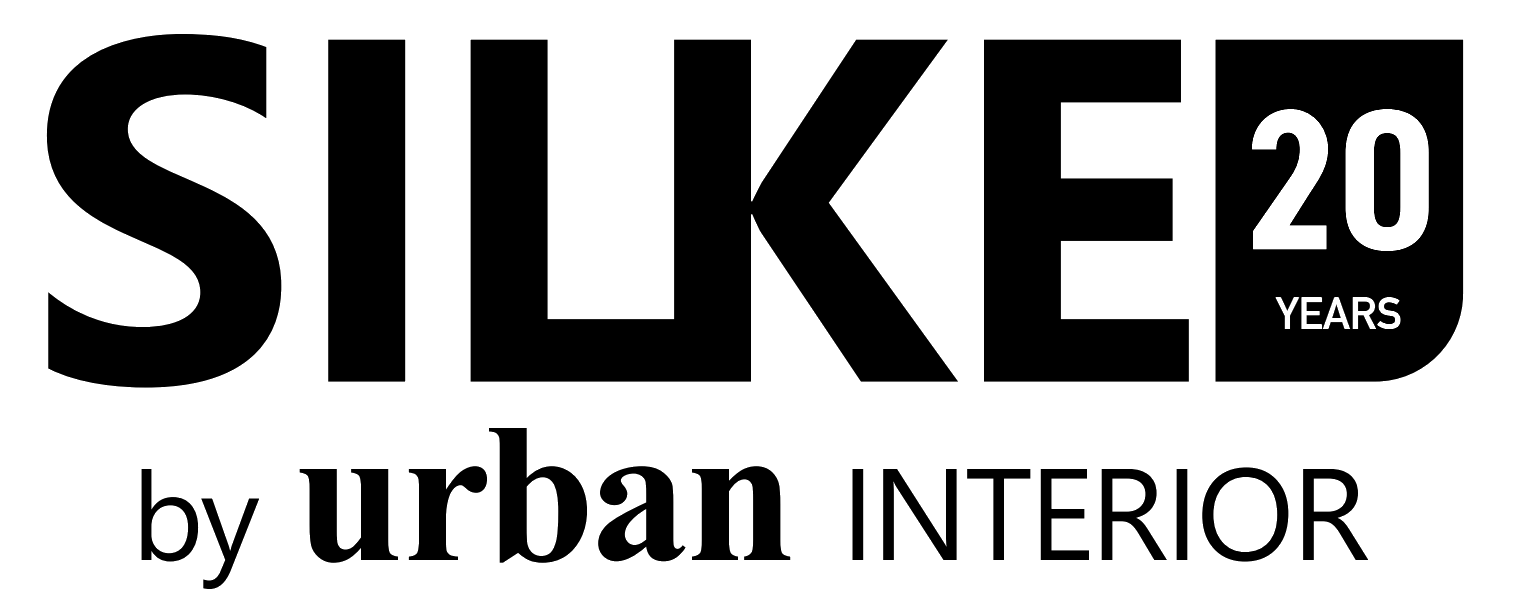Our speciality is ultra modern, cutting edge, European-styled kitchens. You probably clocked that one already. However, at times, we think there is some value to be gleamed from talking about other forms of kitchen design. Broadening your horizons by closely examining differing schools of design- both to criticise and to appreciate- and reflecting on how they appeal to different people are a good way to open up your own options, and to further reflect on what you appreciate about your own chosen design ethic. We’ve engaged in discussion and analysis about other schools of design before for this very reason, and today, we’d like to do that again by discussing Shabby Chic Kitchens.
The name isn’t particularly appealing, is it? “Shabby” indicates something that’s run down, unproductive, visually unappealing and either dirty or grimy, if you’re taking it to it’s negative extreme. And, well, to some extent… that is indeed what Shabby Chic is, as a concept. Not so much in a “dirty, useless thing” sense, but moreso in that it’s a positive re-appropriation of design styles, technology, or aesthetics that are old- and very visually so- and otherwise outdated in terms of taste. And sometimes, depending on how hardcore the individual wants to take it, even in their function as well.
So, basically, Shabby Chic is completely antithetical to everything we built out business model on here at Silke. It is the exact, diametric opposite of modern design in almost every way. But that’s precisely why it’s interesting, and partially why it’s caught on amongst people.
As we’ve mentioned before, for all the convenience it may offer, modern design is often stereotyped as very cold and clinical; “emotionless” even, if you’ll pardon the slightly pretentious wording. For every person that thinks modern design looks trendy, there’s someone who’s going to find it lacking in any character. You can even make the argument that some modern appliances or aesthetics are designed so intricately, so minimally, that it’s intentionally devoid of it. The functionality comes before everything else, and it’s built to blend in rather then stand out to facilitate the fact.
Conversely, things that are old- or rather, vintage- tend to have character practically oozing out of every crevice. There’s a couple of reasons for this, and they’re all worth unpacking.
Firstly, we as a species tend to be fascinated by vintage stuff from an aesthetic point of view simply because it >is< vintage. It’s design and it’s functions harken to past days with different values, and as tastes change and older things grow more alien, the further the fascination grows. It’s the same phenomenon that keeps people fascinated with schlocky 80s movies, 60s pop music, or Victorian-era novels.
Shabby Chic exploits this quite a bit; a number of design guides for Shabby Chic Kitchens call for vintage ovens, old cabinets, even re-purposed garden furniture with older, more intricate designs in a few instances. Shabby Chic absolutely revels in it’s vintage aesthetic for it’s own sake.
There is another layer to the appeal, though, that once again is the complete opposite of modern design in some folks’ eye; most things vintage, particularly things that look very well used, have a certain homeliness to them. Timeless, even. Even though tastes change, tastes are also established; they encapsulate so much about the era that they originate in, and that can swing two ways.
On the one hand, they can feel so defined by their time that they come off as cheesy, or cringe worthy; on the other, they kind of feel removed from time and feel applicable to any era. Or, in laymen terms, they never really feel all that dated. And, once again, Shabby Chic done well exploits this fact perfectly; a cursory glance at any Shabby Chic Kitchen design guide will show you images of kitchens that just feel inviting, warm, and homely. We daresay, even almost fairytale-like.
Shabby Chic Kitchens have taken off to such an extent that there’s a veritable market for items that fit the aesthetic, but are designed with modern sensibilities and functionality. This, in essence, removes the downside of Shabby Chic; that you may actually be using old, outdated, and possibly barely functioning appliances or dodgy furniture. This isn’t a widely popular thing, though, for a couple of reasons.
On the one hand, modern design practises are sometimes more cost effective then those of yore, so the appliances or furniture designed to look old might not be as long lived as their genuine counterparts. That and, well, they’re just not genuine; they’re imitating and aping older objects or design ethics without actually being of the time. And for some folks, that just won’t do.
It goes without saying, however, that schools of design that embrace some elements of Shabby Chic have found themselves into more modern forms of design. For example, some of the very modern glass splashbacks we offer here at Silke have patterns that evoke brick or stone walls, which is arguably a visual more closely associated with older kitchens, or Shabby Chic Kitchens.
As stated above, we think there’s a huge merit to discussing other forms of design, even ones so brazenly opposite and different to our own. Hopefully, we’ve opened your mind and broadened your horizons a bit by doing so today.
